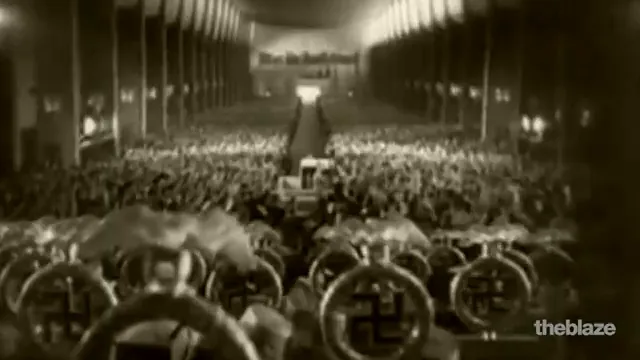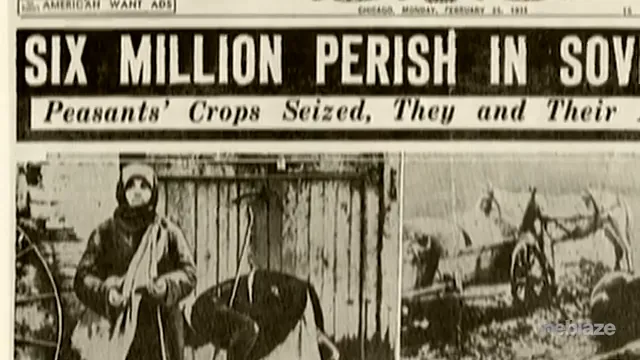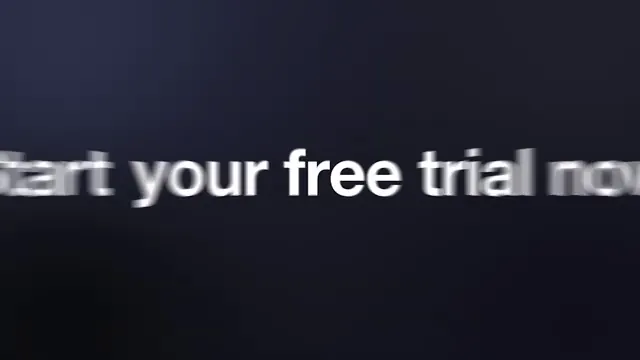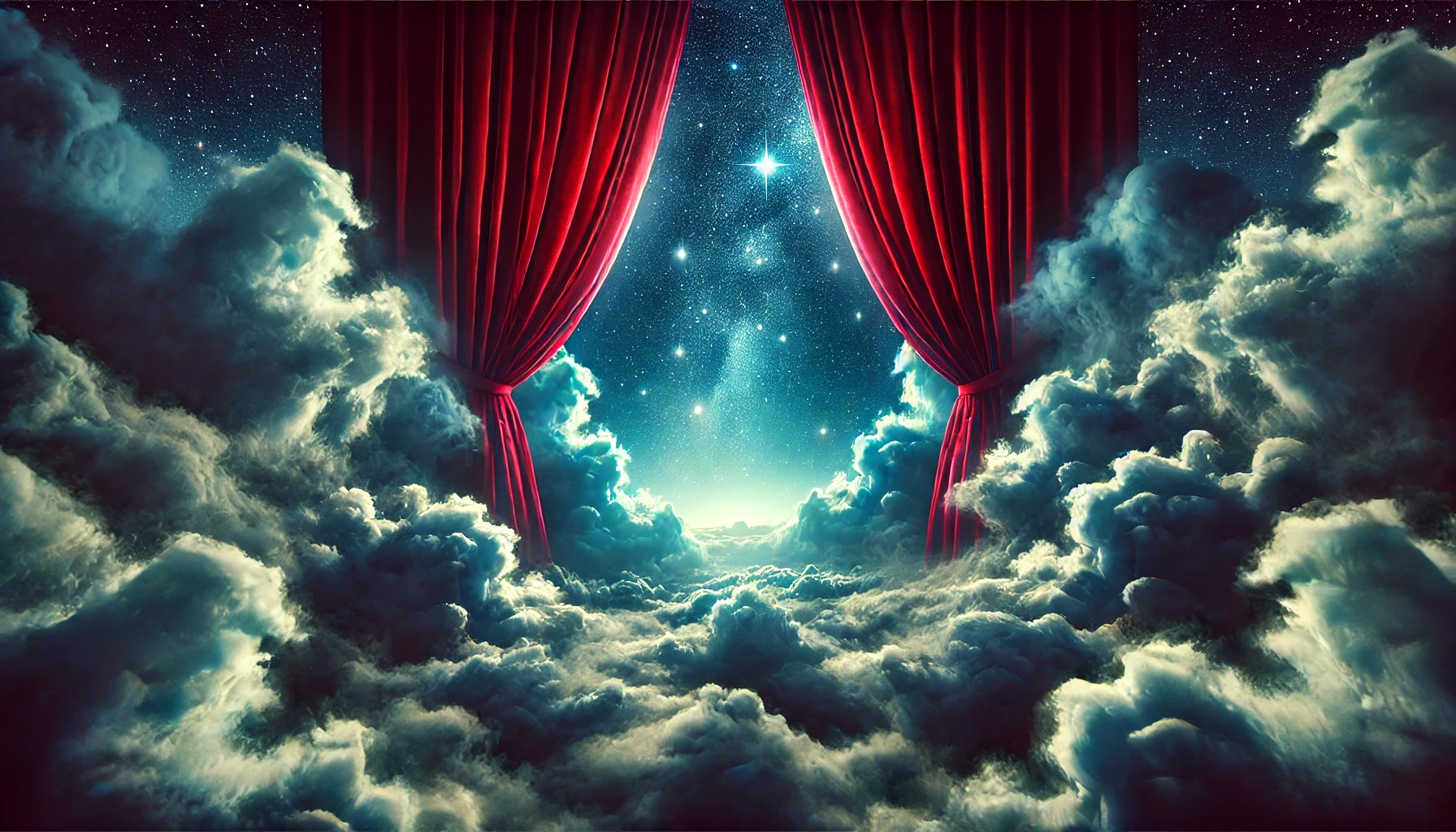🎯 Quick Overview
Trailer
- Director: Edvins Snore
- Genre: Documentary, History, War
- Release year: 2008
- Runtime (length): 1h 26min
- IMDb rating: 8.0/10 (3.6K votes)
- Rotten Tomatoes: N/A
😅 Plot Summary – Badly Explained
A filmmaker tries to prove Soviets were just as bad as Nazis, using intense footage and sparking historical debates that make everyone very, very angry.
🍿 The Soviet Story: Detailed Plot Synopsis
Examining the Ideological Links
The film explores the controversial argument that there were significant ideological similarities and practical collaborations between the Soviet Communist regime under Lenin and Stalin and the Nazi regime under Hitler. It presents interviews with historians and uses archival documents to suggest that aspects of Soviet ideology, purportedly stemming from Marxist thought, laid groundwork for mass violence and dehumanization, drawing parallels to Nazi philosophy.

The Horror of the Holodomor
A significant portion of the documentary focuses on the Great Famine in Ukraine (1932-1933), known as the Holodomor. The film argues this famine was intentionally orchestrated by the Soviet government to suppress Ukrainian nationalism and eliminate independent farmers (Kulaks). It depicts the widespread starvation through interviews with survivors and historical footage, claiming millions died as food resources were confiscated and exported, sometimes allegedly to Nazi Germany.

Early Soviet-Nazi Collaboration
The documentary details the period of cooperation between the Soviet Union and Nazi Germany, particularly preceding World War II, highlighting the Molotov-Ribbentrop Pact and its secret protocols. It presents evidence suggesting collaboration between Soviet security agencies (NKVD, later KGB precursor) and the Gestapo, including alleged shared methods of repression, training, and coordination in occupied territories like Poland.

The Gulag System and Mass Repression
The film delves into the Soviet system of forced labor camps, the Gulag. It features accounts of prisoners and discusses the scale of the purges and mass killings under Lenin and Stalin. The documentary suggests the Gulag camps served as a precursor or model for Nazi concentration camps, highlighting mass deportations, harsh conditions, and alleged medical experiments conducted within the Soviet system.

⚠️ Spoilers and Ending Explained
🎬 Cast & Characters
- narrator in English version (Jon Strickland): The voice guiding the viewer through the documentary’s historical narrative and arguments.
- Self – Russian dissident (Vladimir Bukovsky): A prominent Russian dissident providing critical perspective and testimony on the Soviet system.
- Self – historian, University of Cambridge (Norman Davies): A renowned historian offering academic analysis and historical context regarding Soviet history and its comparisons.
- Self – literary historian, University of Cambridge (George Watson): A literary historian who analyzes the ideological origins of violence within early socialist thought as presented by the film.
- Self – survivor of Ukrainian Famine 1932-33 (Nikolay Melnik): A survivor providing poignant first-hand testimony about the devastating impact of the Ukrainian Famine.
- Self (Vladimir Lenin): The revolutionary founder whose early actions and ideology are presented through archive footage as setting a precedent for later Soviet crimes.
- Self (Adolf Hitler): The leader of Nazi Germany whose regime is controversially compared and linked to the Soviet system through archive footage and analysis.
💬 Memorable Quotes
- Narrator: “The complete story of Europe’s most murderous regime has never been told. Until now.” – An opening statement or tagline presenting the film’s ambitious scope and controversial premise.
- Vladimir Bukovsky: “When Communists come to power… initially they destroy about ten percent of the population.” – A Russian dissident explaining the initial, violent phase of communist regimes establishing control.
- George Watson: “Karl Marx is ‘the ancestor of the modern political genocide.’” – A literary historian presenting his controversial argument about the ideological roots of mass killing.
- Viktor Suvorov: “A delegation of German Gestapo and SS came to the Soviet Union to learn how to build concentration camps.” – A former Soviet military intelligence officer describing alleged specific collaboration and learning between the Soviet and Nazi regimes.
- Narrator: “Regardless of the fact that most people see Hitler as the ‘far-right’, and Stalin as the ‘far-left’, this documentary raises the ultimate question: were they indeed that different, after all?” – Posing the film’s central comparative question about the ideological and practical similarities between Nazism and Communism.
💰Box Office
- Budget: €170,000
- Domestic Gross: N/A
- Worldwide Gross: N/A
💥 The Soviet Story Reviews
Personal Review
Wow, this documentary hit me hard. I went in knowing a bit about Soviet history, but the way it connected everything and showed the sheer scale of the suffering was overwhelming. The footage of famines and camps felt so real and horrifying. It made me feel a deep sadness for the millions who endured such terrible fates, many of whom are barely mentioned in mainstream history. I know it’s a controversial film, and I can see why some parts are debated. But personally, it made me want to learn even more and not just rely on what I thought I knew. It definitely left a lasting impression on me.
- Who would enjoy:
- “Viewers interested in the history of the Soviet Union and World War II from a critical perspective”
- “Those curious about the controversial comparison between Communism and Nazism”
- “Individuals interested in documentaries about totalitarian regimes and mass atrocities”
- “Students and enthusiasts of political science and 20th-century European history”
- Content warnings ⚠:
- “Graphic historical footage of death, corpses, and famine victims”
- “Discussions and imagery related to mass murder, genocide, and state-sponsored terror”
- “Depictions of concentration/labor camps and medical experiments”
- “Disturbing historical content related to war crimes and crimes against humanity”
Professional Reviews
- Film Critic: “This documentary presents a hard-hitting look at Soviet history, drawing parallels with Nazi Germany. While the editing is impactful and the archival footage is powerful, some historical interpretations feel heavily biased. It serves as a potent, albeit controversial, reminder of atrocities but may lack the nuanced perspective required for such a complex subject.
- History Journal: “Edvins Snore’s film is undeniably provocative, attempting to spotlight lesser-known Soviet crimes and connections to Nazi tactics. It features interviews with notable figures, yet its reliance on certain disputed sources and its overtly polemic tone undermine its academic credibility for some. A compelling watch, but one that demands critical viewing.
- Documentary Watch: “A raw and emotional experience, ‘The Soviet Story’ pulls no punches in depicting the brutality of the Soviet regime, particularly the Holodomor and Gulag system. The use of survivor testimonies and archival material creates a deeply disturbing atmosphere. While its central thesis equating Communism and Nazism is contentious, the film succeeds in bringing difficult history to light.
Audience Reactions
Many viewers found the archival footage and survivor interviews incredibly powerful and disturbing.: The film brought attention to aspects of Soviet history that are often overlooked or downplayed in the West, sparking debate and increasing awareness of these atrocities.
Overall Consensus: A highly controversial but impactful documentary that uses stark historical footage and interviews to argue for the equivalence of Soviet Communism and Nazism, provoking strong reactions and debate among viewers and critics alike.
Awards
🛠️ Behind the Scenes
- “Filmed over two years across seven countries: Russia, Ukraine, Latvia, Germany, France, UK, and Belgium.”
- “Director Edvins Snore collected material for the documentary for more than ten years prior to filming.”
- “The film was produced on a budget of approximately €170,000.”
- “Following its release and critical reception in Russia, director Edvins Snore was reportedly burned in effigy in Moscow by nationalist groups.”
🖥️ How to Watch The Soviet Story?
As a documentary released in 2008, ‘The Soviet Story’ may be available through various digital platforms depending on your region and service subscriptions. User reviews from the time mention the possibility of watching it for free on platforms like YouTube or purchasing a physical DVD directly from the film’s official website, ‘www.sovietstory.com’. Check major streaming services or online retailers for current availability.

🎥 Similar Movies
If you enjoyed The Soviet Story, you might like these similar films:
- Shoah (1985): A monumental, lengthy documentary relying heavily on survivor testimony to confront the reality and scale of the Holocaust, similar to ‘The Soviet Story’s’ aim to document large-scale atrocities through witnesses and archives.
- The World at War (1973): A comprehensive documentary series covering World War II, providing historical context to the events and regimes discussed in ‘The Soviet Story’, though from a broader, more conventional perspective.
- Gulag (2000): A documentary focusing specifically on the Soviet forced labor camp system, exploring the nature, scale, and impact of the camps discussed in ‘The Soviet Story’.
- Navalny (2022): Explores modern Russian authoritarianism and the challenges faced by opposition figures, providing a contemporary context relevant to ‘The Soviet Story’s’ discussion of Soviet legacy and historical narratives in modern Russia.
- Manufacturing Consent: Noam Chomsky and the Media (1992): Examines propaganda models and how political narratives are constructed and controlled by media and power structures, offering a thematic parallel to ‘The Soviet Story’s’ focus on how historical truths about the Soviet regime have allegedly been suppressed or distorted.
🛒 The Soviet Story Related Products
- The Gulag Archipelago by Aleksandr Solzhenitsyn: A monumental work detailing the history and system of the Soviet forced labor camps from the perspective of a former prisoner. Considered a primary source for understanding the Gulag.
- Bloodlands: Europe Between Hitler and Stalin by Timothy Snyder: An acclaimed historical study focusing on the region of Eastern Europe where both the Nazi and Soviet regimes committed their worst atrocities, analyzing their intertwined actions and impact.
- The World at War (Documentary Series): A comprehensive British television documentary series that chronicles the history of the Second World War, providing a broader historical context for the events touched upon in ‘The Soviet Story’.
- Map of the Soviet Union and Eastern Europe (WWII Era): A detailed historical map showing the political boundaries and key locations within the Soviet Union and surrounding Eastern European countries during the period covered by the documentary.
🎧 Soundtrack
The Soviet Story features a captivating soundtrack that enhances the movie’s atmosphere and emotional impact. Here are some notable tracks:
You can find the complete soundtrack on Amazon Music and Apple Music.
🤨 FAQ
‘The Soviet Story’ is a documentary film that examines the history of the Soviet Union, focusing on the crimes committed by the regime under Lenin and Stalin. It controversially argues for ideological and practical links and similarities between Soviet Communism and German Nazism, highlighting events like the Ukrainian famine (Holodomor), the Katyn massacre, and Soviet-Nazi collaboration before WWII.
Yes, ‘The Soviet Story’ is highly controversial. It has been praised by some for shedding light on overlooked Soviet atrocities and drawing parallels to Nazism, but heavily criticized by others as biased propaganda, historically inaccurate, and driven by an anti-Russian agenda. Critics often dispute its claims of direct ideological inheritance from Marxism and the scale of some death toll figures presented.
Yes, a central theme of the documentary is the collaboration between the Soviet Union and Nazi Germany before the German invasion of the USSR in 1941. It focuses on events like the Molotov-Ribbentrop Pact and presents evidence suggesting cooperation between the NKVD and Gestapo.
The film covers several historical events and aspects of the Soviet regime, including the Great Famine in Ukraine (Holodomor), the Katyn massacre, the Gulag system and mass repressions, Soviet mass deportations, and alleged medical experiments. It places these events within the broader context of its argument about the nature and legacy of Soviet power.
🔥 Bonus Content
The Soviet Story – Soviet Invasion of Poland, September 17, 1939, an excerpt.
Curious about what “The Soviet Story” actually covers? This clip jumps right into a heavy topic, the Soviet invasion of Poland in 1939 – it gives you a really impactful look at the kind of challenging history this film explores.
✨ Rate
There are no reviews yet. Be the first one to write one.





